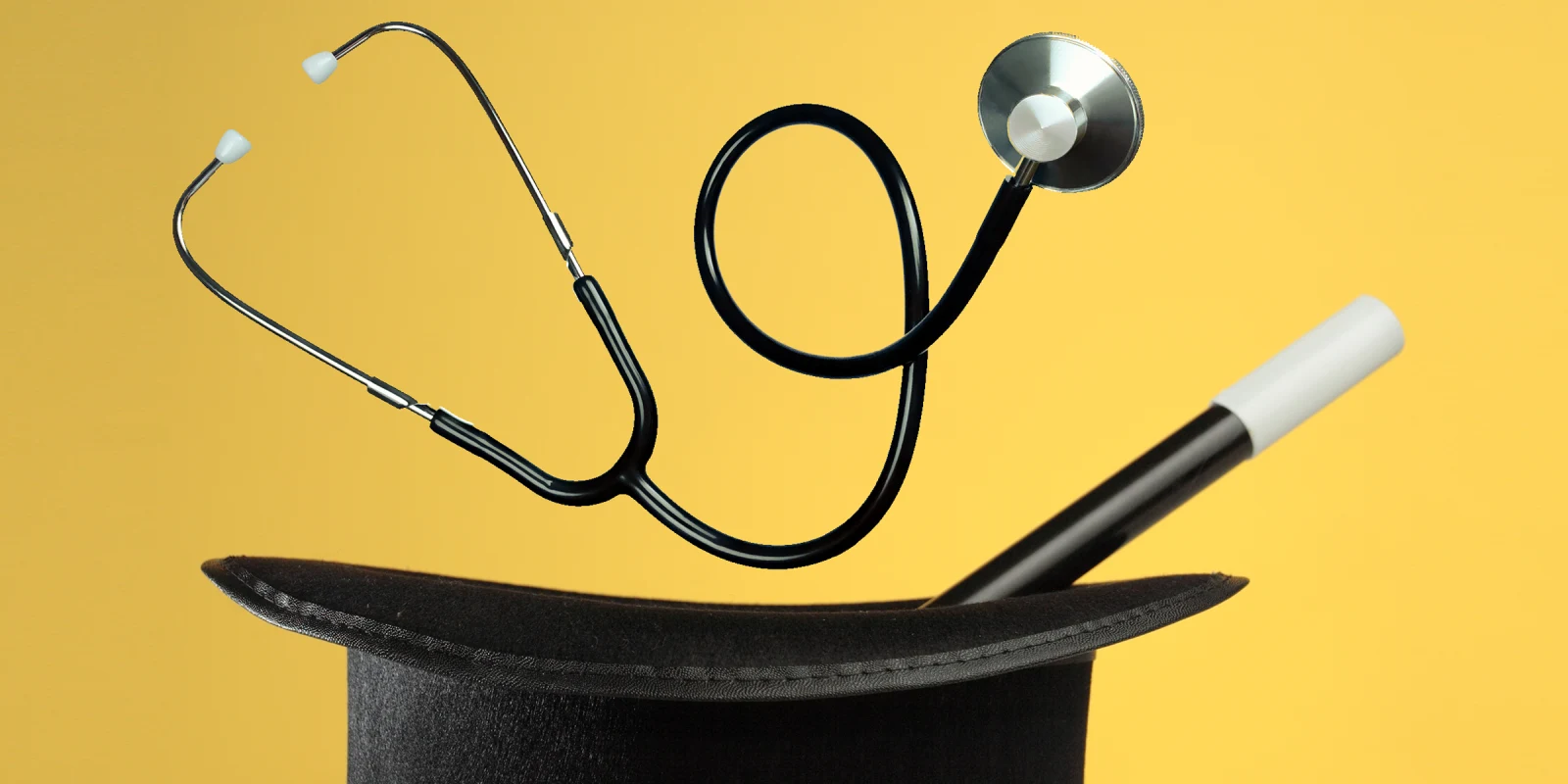Room 5 required a laceration repair. The CT scan of his head and neck had not shown signs of a fracture or bleed and, after receiving fluids, ketorolac, and lab work, the patient was awaiting his discharge. The only loose ends to tie were the sutures to close the gash on his forehead, a souvenir from his fall at home. I sent a page, clicked orders, and, minutes later, his head wound was debrided, cleaned, and dried. The patient lay properly positioned with the ceiling lamp illuminating his injury; the laceration kit sat neatly beside him on the procedure tray. Bereft of surgical gloves, I exited the room to pilfer a pair from the supply closet on the other side of the floor.
The ED where I work has returned to full capacity. Together, the 50-plus rooms create a cacophonous soundtrack of beeps, shrieks, and shrills — individually, they reflect a compendium of medical complaints and human needs, each unique to its circumstances. As I walked past Room 6, where a patient was voicing her need for an extra blanket, I was reminded of the Room of Requirement, a magical enclosure from the “Harry Potter” novels that transformed itself to fit the needs of its inhabitants. If occupants needed a broom, it made itself a broom closet; a book, a library; a meal, a kitchen. Making my way down the hall, I saw striking similarities all around.
Room 31 needed an ultrasound-guided IV line, and, as I peered in, a colleague positioned the bed to make room for the ultrasound machine. It had become a procedural suite.
Room 36 bore resemblance to an art studio. Earlier, I’d sat at the foot of the bed, doodled diagrams of hearts and valves on the sheets, shaping checkboxes and telling the patient, “This is what will happen in the OR ….”
The room at the end of the hall, the supply closet, was packed with catheters, kits, tubes, tubs, gauze dressings, masks, face shields, and knee immobilizers. Unfortunately, it didn’t have what I was looking for; we needed to restock size 7 ½ sterile gloves.
Across the hall and past the double doors was Room 24, where someone sat cross-legged on a gurney with 1-to-1 supervision. Room 24 needed space, a safety sitter, and a formal evaluation of the patient’s pent up thoughts and self-inflicted aggressions.
Room 29 required nothing but dimmed lights, running fluids, a migraine cocktail, and, most importantly, quiet.
Room 54 needed a work note.
Room 52 wanted to go home, but needed to stay.
By the time I turned the corner, I had walked a full circle in search of my gloves.
Room 4 initially required pain meds and nausea suppressants. After the blood work resulted, Room 4 transformed into Hallway Bed 7, which then required a sandwich, crackers, ginger ale, and socks.
When I’d seen it hours before, Room 20 had been a crash resuscitation bay requiring everything: IV fluids, vasopressors, oxygen flowing from the walls, respiratory STAT, trauma STAT, blood, platelets, hands on the chest, tube in the airway. Now, when I passed Room 20, it was spotless. Peering in, the bed had been stripped of its sheets, and the blood remnants mopped from the floor. The mattress had the sheen that comes from having been wiped with dubiously carcinogenic detergents. I paused at the door, hoping for some semblance of magic, but the moment had passed. Room 20 was just a room again, and as I stood there, I noticed K, one of the ED techs, standing just outside the doorway, holding a pack of size 7 ½ sterile gloves.
With sheepish appreciation, I realized that there is no passive magic to these rooms of requirement — no hidden tricks, no house-elves or transformative spells. In times of near-sighted stress, it’s easy to perceive medical decision-making as passive: labs are drawn, leads are attached, beds are cleaned. I’ve taken for granted the hardworking individuals who, in my misplaced focus, actively work behind the scenes to make everything possible. Kabir, the tech who cleaned and prepped the patient in Room 24. Angelie in housekeeping who restored Room 20 to its normal state. Kelly, the RN who provided the sandwich and the socks and the ginger ale to Hallway Bed 7. These are the not-so-invisible forces that transform each room, making possible whatever is required. It’s not magic, it’s people.
After my commute home, I entered the final room of the night — this one has no number; it requires a bed to rest, sheets to slide under, and silence for a moment to recall, then forget, the preceding hours.
Which behind-the-scene cast members of your patient care team deserve recognition? Show them some in the comments section!
Andrew Park is an emergency medicine resident at Beth Israel Deaconess Medical Center. A newcomer to Boston’s coffee scene, he spends his free days in cramped corners journaling about his experiences in and out of the hospital. He hopes his writing will inspire resilience within himself, his colleagues, and his patients. Andrew is a 2020–2021 Doximity Op-Med Fellow.







